There are numerous factors that must be taken into account when designing a conveyor system and how to integrate it into your existing material handling operations. Be it a new installation, an upgrade or an expansion to your current system, there are numerous issues that need to be taken into account.
Here are 5 key factors to consider when designing a conveyor system:
What type of product do you need to convey?
When choosing the right conveyor system for your needs, it is important to consider the following:
- What are the dimensions and weight of the goods you want moved?
- Are the items fragile?
- Does the product need to be cold, can it get wet, will it handle heat?
- What about the products’ bottom? Is it flat and hard, or irregular and soft?
All of these factors will determine which type of conveyor will be best suited for the job. It could be a roller system for heavy, hard-bottomed items such as beer crates, or a belt conveyor for fluffy bags of marshmallows.
How fast and where must your product be conveyed?
Modern conveyor systems are about more than just moving your product from point A to point B. Today, it’s all about flow and speed control and ensuring that all of your material handling systems are working in harmony. Conveyors must not only keep pace with the rest of your facility’s processes, they need to be flexible enough to adapt to the entire production flow at an optimum rate of efficiency. Identifying the correct conveyor with the right technology that will work with your current material handling systems will help you optimize your production flows and reduce downtime’s.
Where will your conveyor system be put to work?
The environment of your conveyor system needs to be given special attention. For example, your conveyor could be indoors or outside or a combination of the two. If it is indoors, what are the space restrictions and is the facility heated/cooled suitably for your product? If it is outdoors, how solid is the substrate and are there any inclines or obstacles to consider? If it is a combination of indoor/outdoor, will temperature and humidity fluctuations be an issue?
———————————————————–
5 Key Factors to Consider when Designing a Conveyor System PDF
———————————————————–
Other issues to consider when selecting a conveyor:
If the conveyor needs to operate at different levels, is a gradual incline conveyor sufficient, or will you need a vertical conveyor?
If there is leakage from the products being conveyed, is the equipment and surrounding drainage sufficient?
If there are fumes or gas emissions during the conveying process, is there enough ventilation?
If the system isn’t completely automated and there are humans on the line, is there adequate lighting?
Because there are so many environmental factors to consider when designing a conveyor system, careful planning of how and where the system will fit into your operations is critical.
Will the new conveyor system interface with your other equipment?
A well-designed conveyor system will not only adapt to fluctuations in throughput demand, it will also integrate seamlessly with your other material handling equipment. Modern conveyors harness the latest in technology and are flexible enough in design to be easily adapted to work with other systems. Robots can be engaged to perform mechanical tasks along the production line, scanners and scales can be implemented to handle material logistics and sorters can be introduced to make sure the right product goes to the right place
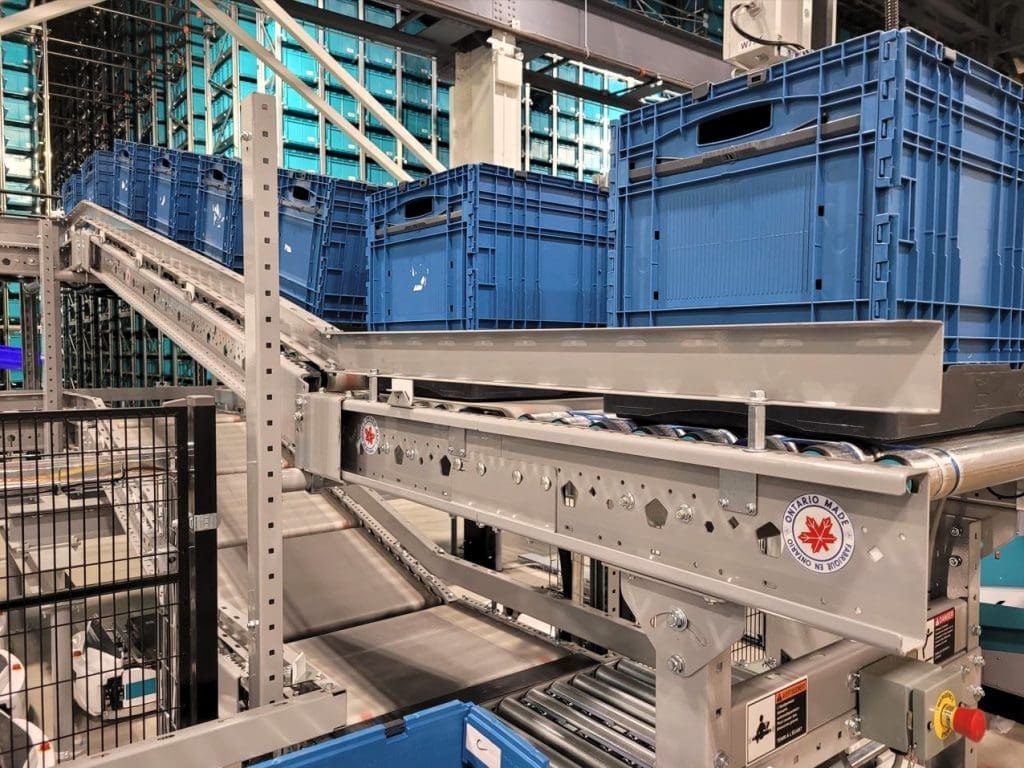
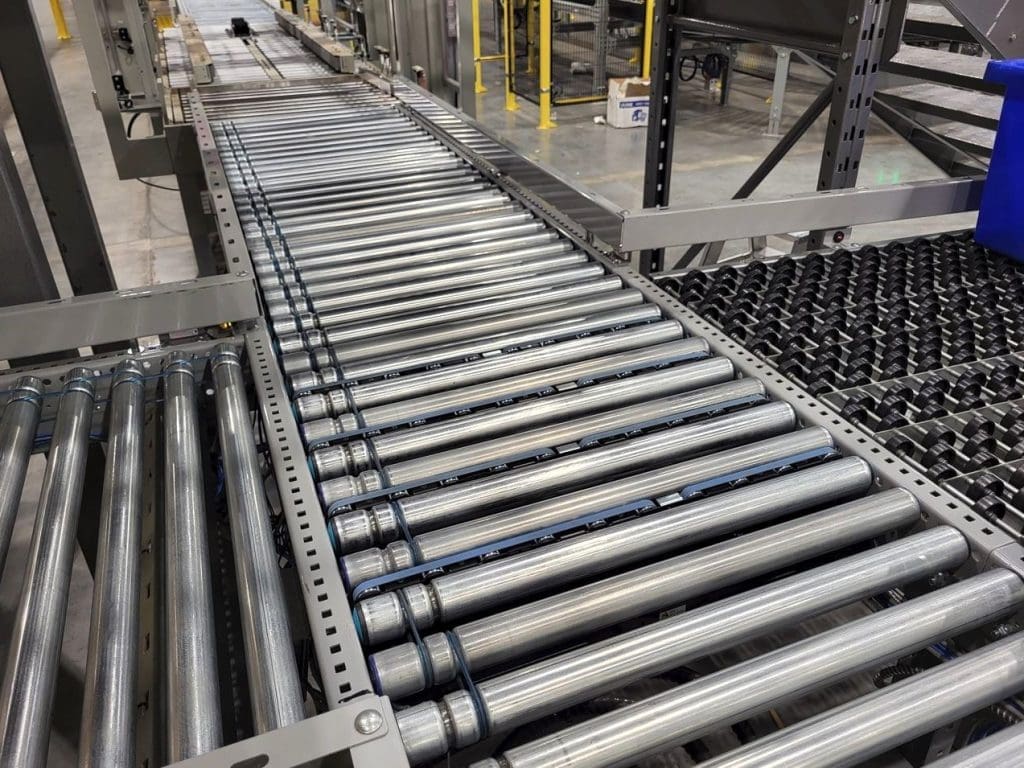
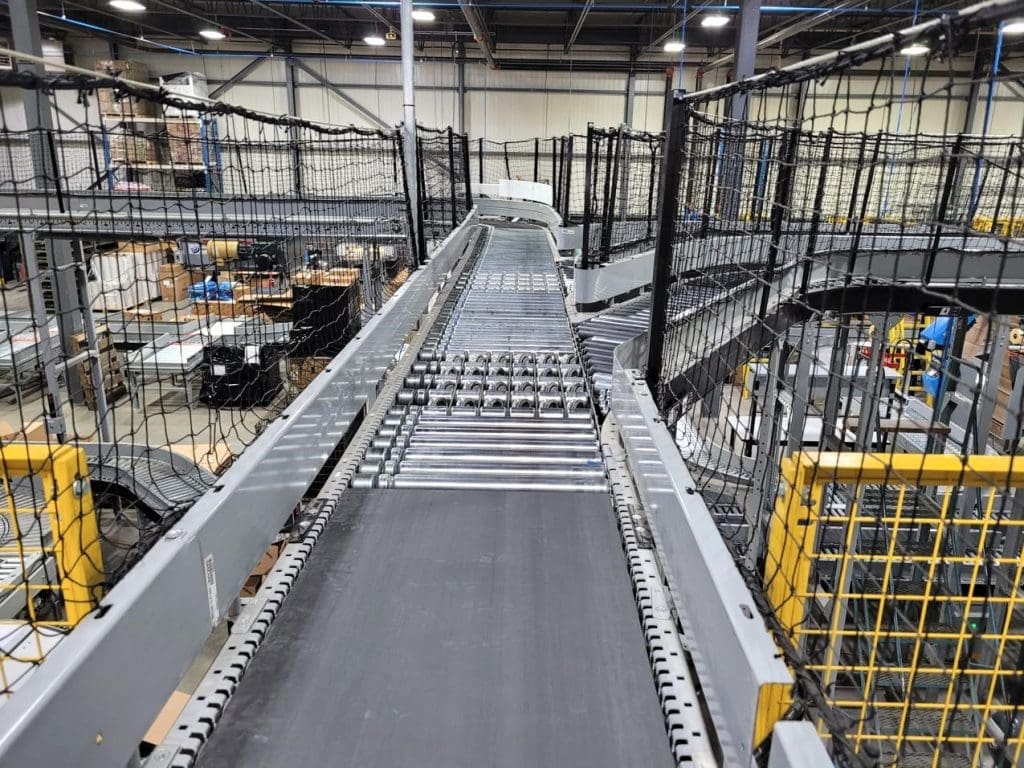
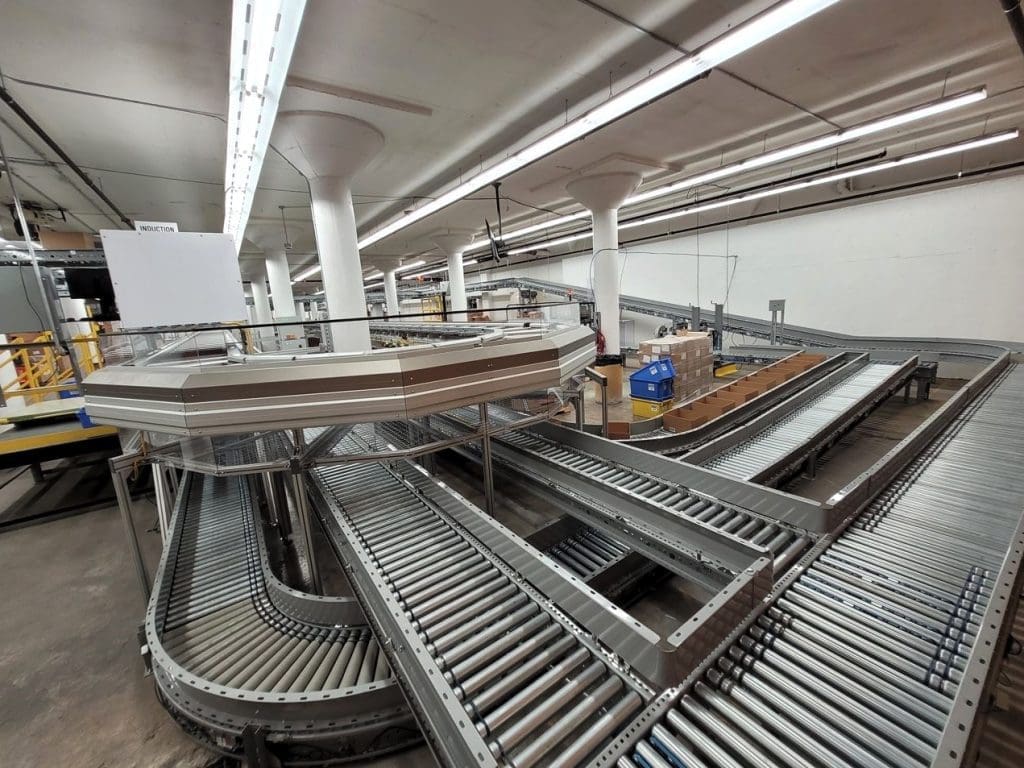
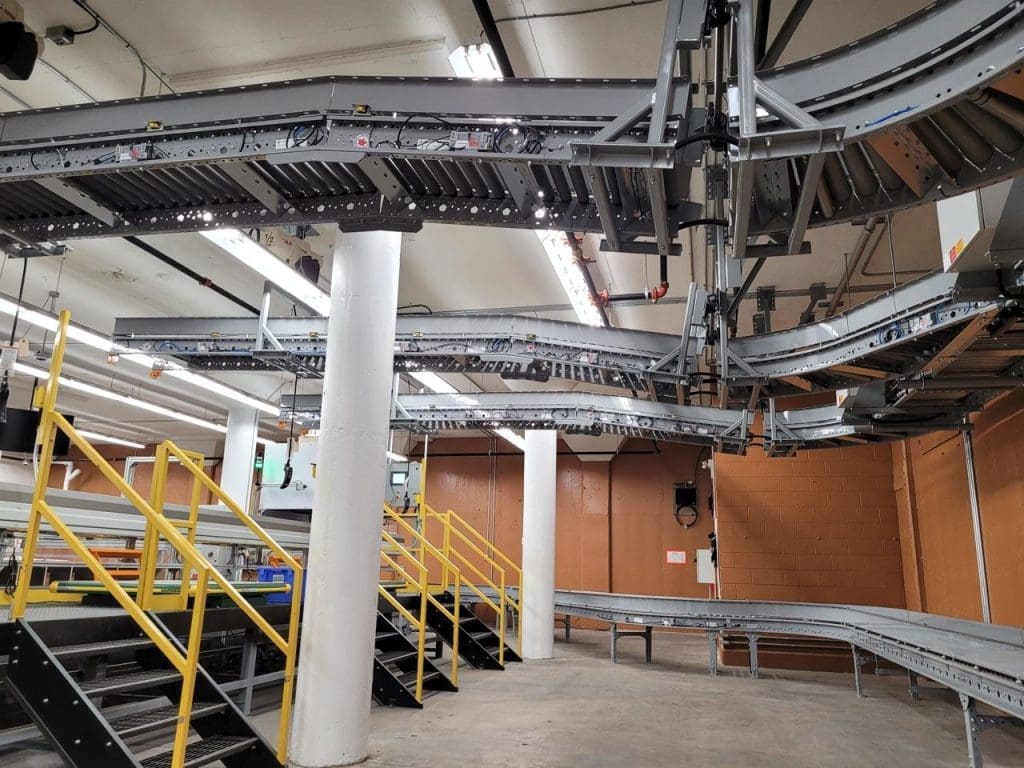
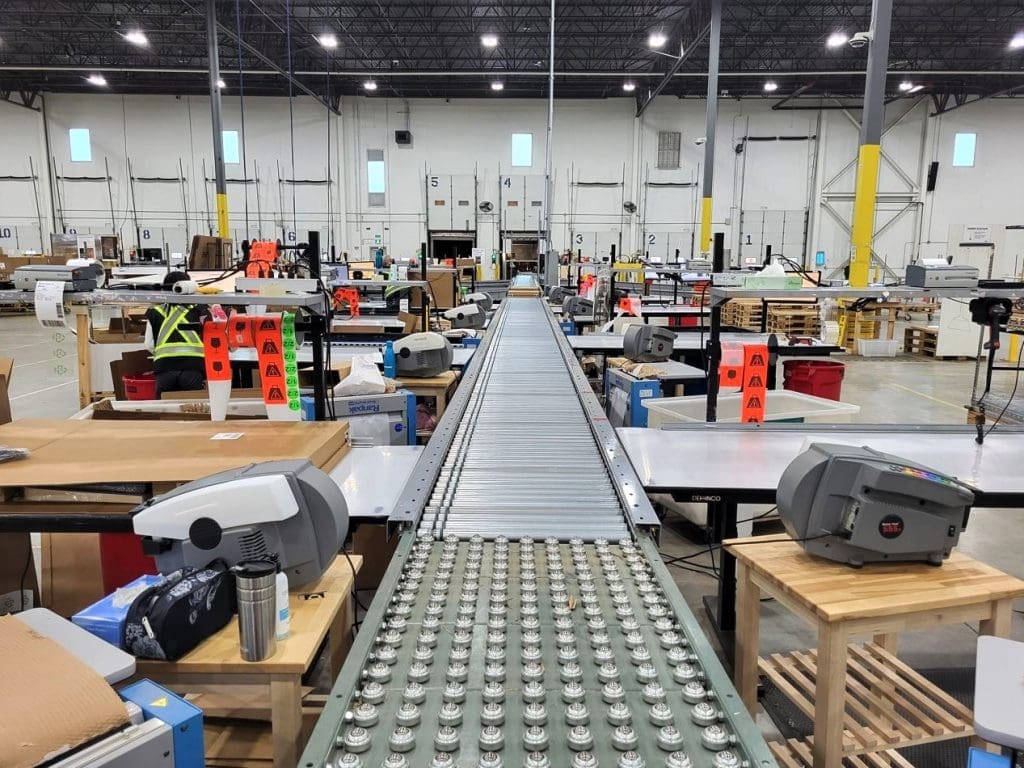
Are you planning for future growth?
It’s all fine and well to design and implement a conveyor system for today’s needs, but are you also taking into account your company’s future growth? Visualise what your material handling system will look like with your facility’s future expansions in mind, and design for scalability. Remember, it is easier and cheaper to add features and components if they have already been planned for and incorporated into your design. A well-designed conveyor system will be able to accommodate future changes to its layout and be able to handle increased throughput as product traffic increases.
Why should you use an integrator to design your conveyor system?
Investing in a conveyor system will have a major impact on your balance sheet. Aside from being a large capital expense, a well-designed conveyor system, implemented correctly, can improve the efficiency of your operation, which will ultimately result in higher profits. However, with so many factors to consider when designing a conveyor system, seeking the assistance of material handling systems professionals is always a wise decision.
At Mainway, we are integrators, not manufacturers, with years of experience in designing material handling solutions. We work with all major brands of conveying and material handling systems. This way we can source the perfect conveying system that will integrate seamlessly with your existing operations from any number of suppliers. Our turn-key approach ensures that the conveying system we deliver is the right solution for you today and for the future. Our team delivers ongoing lifecycle support and post installation preventative maintenance programs to keep your system operating at maximum efficiency. Call us today for a customized conveyor and material handling design.





Comments are closed